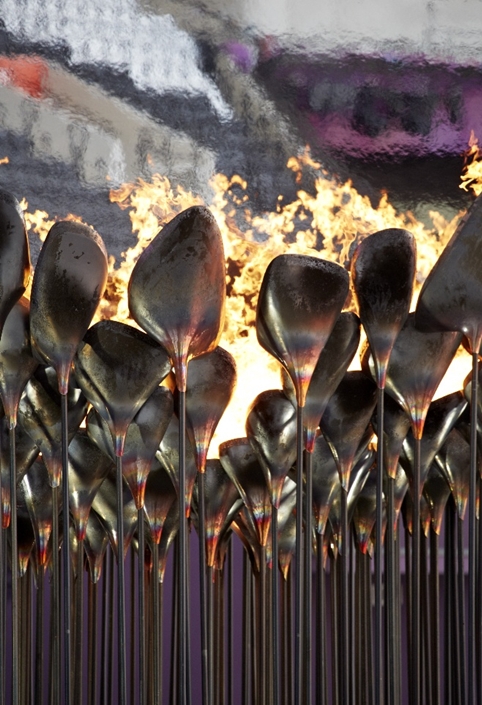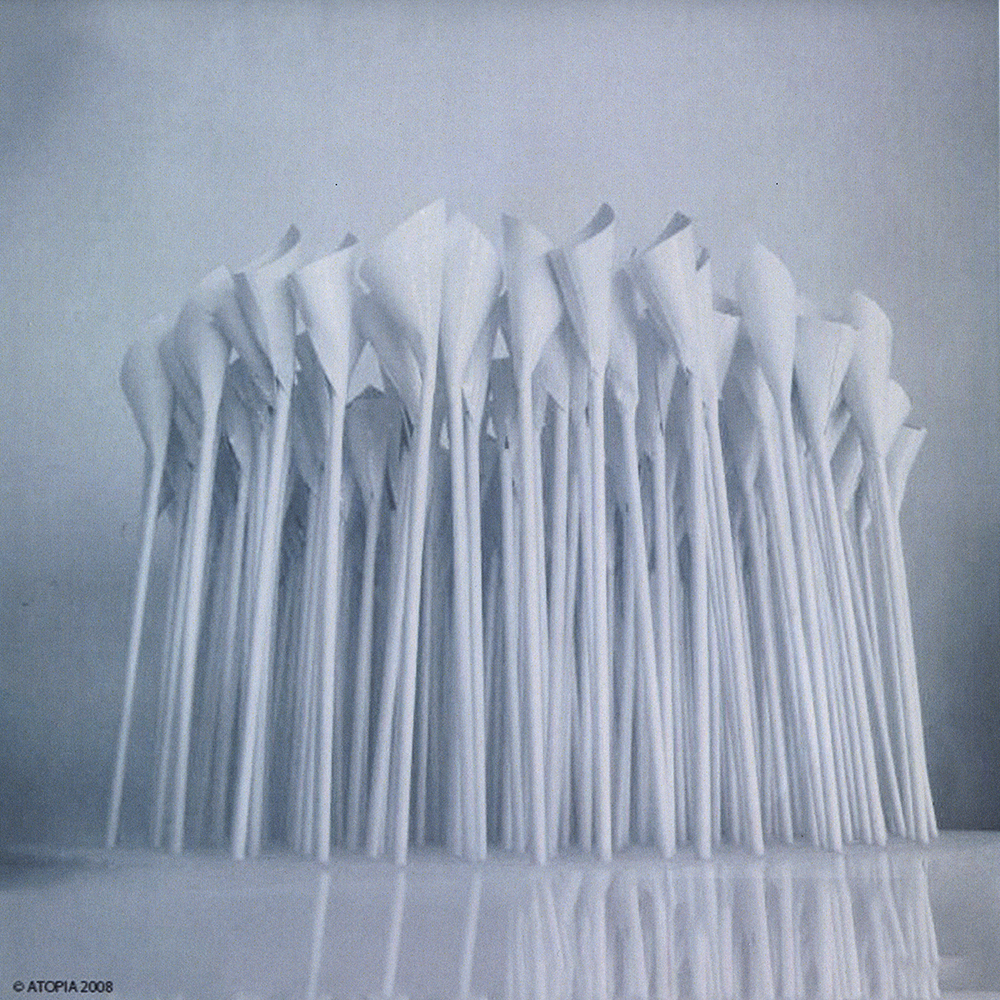Out-of-court settlement in Olympic Cauldron design row
The organisers of the London 2012 Olympic Games have made an out-of-court settlement with a US consultancy which developed design concepts for the Games.

Source: Edmund Sumner
Heatherwick Studio’s London 2012 Olympic Cauldron
A dispute erupted last year when US-based Atopia claimed that between 2006 and 2008 it had developed concepts for an Olympic sustainability pavilion that would be built using flower-shaped forms, one for each participating nation, which would be brought in by ‘bearers’ and constructed during the opening ceremony.
Parallels were drawn between this concept and the final design for the Olympic Cauldron, created by Heatherwick Studio, which featured 204 individual ‘petals’ – one for each participating nation – which were brought into the Olympic Stadium during the opening ceremony to build the cauldron.
At the time of the dispute, Atopia said they were not accusing Heatherwick of plagiarism and instead were ‘entirely focused on the issues of how ideas transmit through large organisations’. Heatherwick, meanwhile, described any suggestions of copying as ‘spurious nonsense’.
In an out-of-court settlement, the joint liquidators of the London Organising Committee of the Olympic Games have now acknowledged that between 2006-8, Atopia worked on a proposed temporary sustainability pavilion for the Olympics.
The statement acknowledges that Atopia developed five features for this pavilion, including that there should be a live-time construction of the pavilion for the Olympic opening ceremony and that the pavilion should be made from more than 200 flower-shaped forms.

According to the joint liquidators, the statement explicitly excludes any acceptance of liability on the part of Locog or any other party.
Thomas Heatherwick, designer of the cauldron, says, ‘I knew nothing of this settlement until today and it has no implication for any of the creative team. As we’ve said before, the design process was categorically our own, from start to finish.’
Danny Boyle who directed the London 2012 Olympic opening ceremony, says, ‘We tried to acknowledge all inspirations and contributions, great and small, and while it’s inevitable some were innocently overlooked, can assure everyone, the public, Atopia, Locog’s liquidators, judges, lawyers, that at no point did any of the creative team involved in creating the Opening Ceremony see or hear about Atopia’s work.
‘We studiously avoided any of Locog’s development work prior to our involvement precisely so that we could create an original ceremony, beholden to no one and based on what we saw as the best of British culture. It would beggar belief if we had taken, unacknowledged, an idea for so fundamental a part of the show from an American company.’





It was probably more time and cost efficient to settle than drag through the USA legal system.
It does uphold the need for Design firms, particularly the very well known one’s like Heatherwicks, to IP Tag their work at the outset and throughout the development phases to create third party evidence and timelines.
This can then be used to demonstrate that any similarity to another parties response to a similar brief is entirely co-incidental and assure all parties of such
http://www.creativebarcode.com/iptags.html